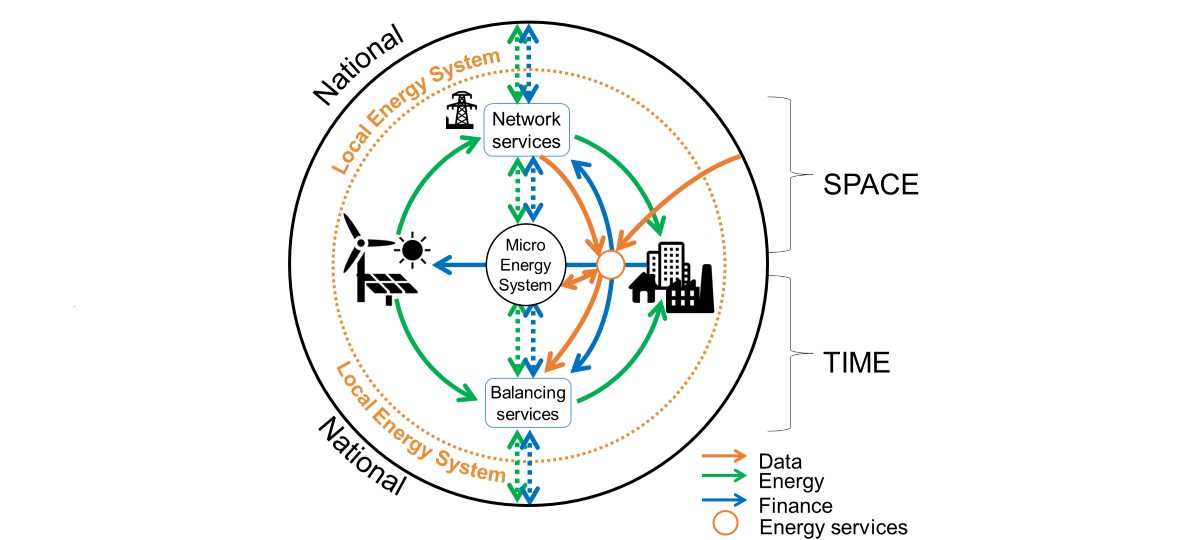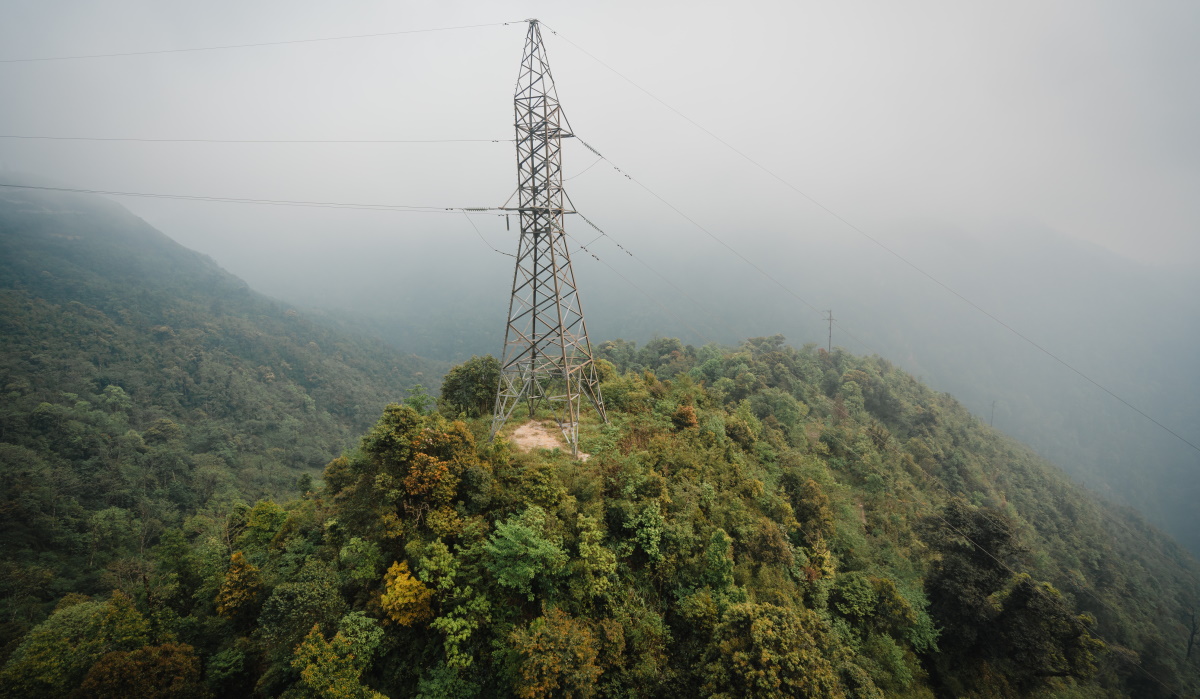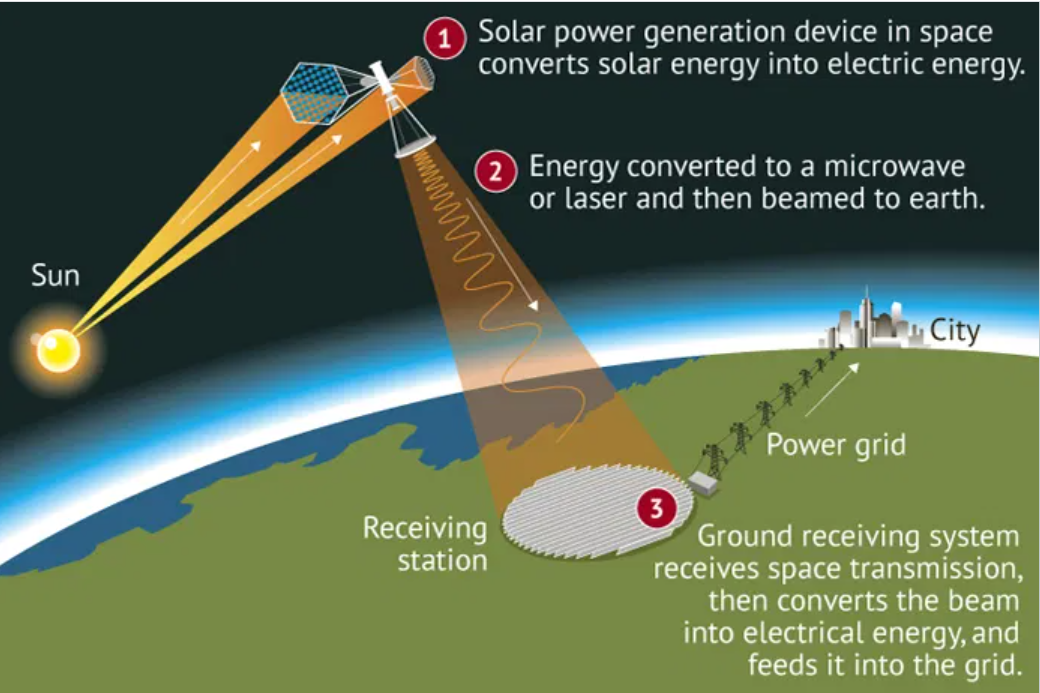How Can We Move To Zero Carbon Smart Electricity Systems?
In this short video, Prof Malcolm McCulloch gives an introduction of how the UK power system works, and how we can move to a zero carbon, smart electricity system. This is the focus of the project called LEO: Local Energy Oxfordshire.
We must keep the lights on!
Written by Malcolm McCulloch and Helen Gavin
Electricity has a massive positive impact on people’s lives, and there is a clear link between electrical energy use per person and social and economic wellbeing. It is very important to keep the lights on.
The historic electricity system
Until recently, a common way to produce electricity would be like this:
-
- A big coal or gas fired power station would generate electricity;
- The electricity would be sent to the electricity network;
- Electricity in the network would be dispatched to match the demand for electricity from houses, buildings, factories and so on;
- A retailer would work out how much electricity each household or organisation had used and send a bill; and
- The retailer would then pass on the right amount of money to the generator and the network.
Thankfully, we are now moving away from fossil fuel based sources of electricity due to their role in climate change and air pollution and starting to increasingly use cleaner, low carbon energy sources, such as solar and wind, and to ensure access for everyone.
Renewable energy is now less expensive than other forms of energy and we can use renewable energy to create electricity – cheaply, quickly and cleanly. Lots of progress has been made already in decarbonising electricity sources, though there is still a long way to go to achieve a 100% renewably powered electricity grid in the UK.
There are also many opportunities for becoming more efficient in the way we use energy, which will reduce our demand.
Local power for local people
Another change is that we are moving away from a relatively small number of big power stations and towards more, smaller renewable energy generating sources. Some of these send energy directly to the national network, just like thermal power plants. Others send their power to the local network. This change in the way we generate electricity, means we have an opportunity to move toward generating electricity locally and using it locally. This has many advantages, including using power more efficiently, preventing overloads and creating a more resilient electricity infrastructure.
Timing shift
Using fossil fuel forms of energy meant we could match the generation of electricity to when it is needed. However, renewable energy is variable and sometime there is more renewable energy being generated than there is the demand for it, at that particular moment in time. Rather than waste that energy, we can use storage technologies – from batteries to flywheels – to capture and use it at a different time when there is a greater demand for energy, or not as much generation.
This changes the timing of when we need to balance supply and demand, and help us take advantage of all the renewable energy that is generated. With computing advances, smart meters, small sensors, we can collect data on local generation and demand. We can use this information to understand patterns of electricity demand, and how we can best use storage technology to maximise the use of locally generated renewable electricity.
Bi-directional electricity systems
This local electricity network would still sit within the national network energy system.
Both systems would provide network and balancing services to each other, and have data flowing between them. This is different to what has been the approach in the past, where the national system would be one directional, and provide power to local areas.
Now we have the opportunity to have bi-directional local energy systems providing energy to the national network when needed as well as vice versa. What can now develop is a micro-energy system serving local needs, within a local energy system.
This is sat within the national system to maximise the use of renewable energy and take advantage of time shifted generation and supply.
Project LEO
These are some of the ideas we are exploring with many partners in the project Local Energy Oxfordshire.





One thought on “How Can We Move To Zero Carbon Smart Electricity Systems?”
Comments are closed.